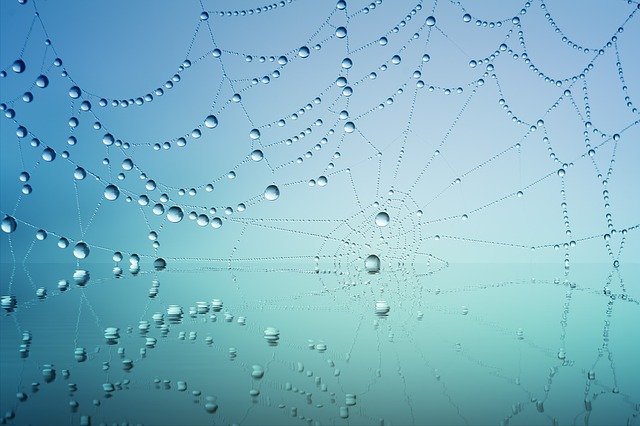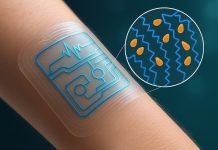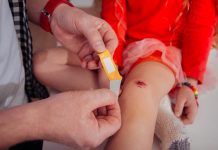
In a new study, researchers found spider silk could be used as robotic muscle.
This is because spider silk is one of the strongest materials for its weight.
It has been known for its exceptional strength-to-weight ratio, its flexibility, and its toughness, or resilience.
Now the study shows that spider silk can respond very strongly to changes in humidity.
This may lead to new kinds of artificial muscles or robotic actuators.
Actuators are devices that move to perform some activity such as controlling a valve.
The research was conducted by a team from MIT and China.
Previous research has shown a property of spider silk called supercontraction. It shows the slender fibers can suddenly shrink in response to changes in moisture.
In the current study, the team found spider skill not only does the threads contract, but it also twists at the same time. This provides a strong torsional force.
This means it potentially be competitive with other materials being explored as actuators.
The team found this by accident initially.
In the study, they suspended the weight from the silk to make a kind of pendulum.
They then enclosed it in a chamber where they could control the relative humidity inside.
They found when they increased the humidity, the pendulum started to rotate.
They also tested many other materials, including human hair, but found no such twisting motions in the others they tried. The team thought this feature might be used for artificial muscles.
They believe their finding can be very interesting for the robotics community.
It can be a novel way of controlling certain kinds of sensors or control devices by controlling the humidity.
The researchers suggest that spider silk can help design responsive silk-based materials that can be precisely tuned at the nanoscale.
It can be used in many areas, including humidity-driven soft robots and sensors, smart textiles, and green energy generators.
Future research may examine if other natural materials exhibit this property.
The lead researcher of the study is Professor Markus Buehler, head of the Department of Civil and Environmental Engineering.
The study is published in the journal of Science Advances.
Copyright © 2019 Knowridge Science Report. All rights reserved.



